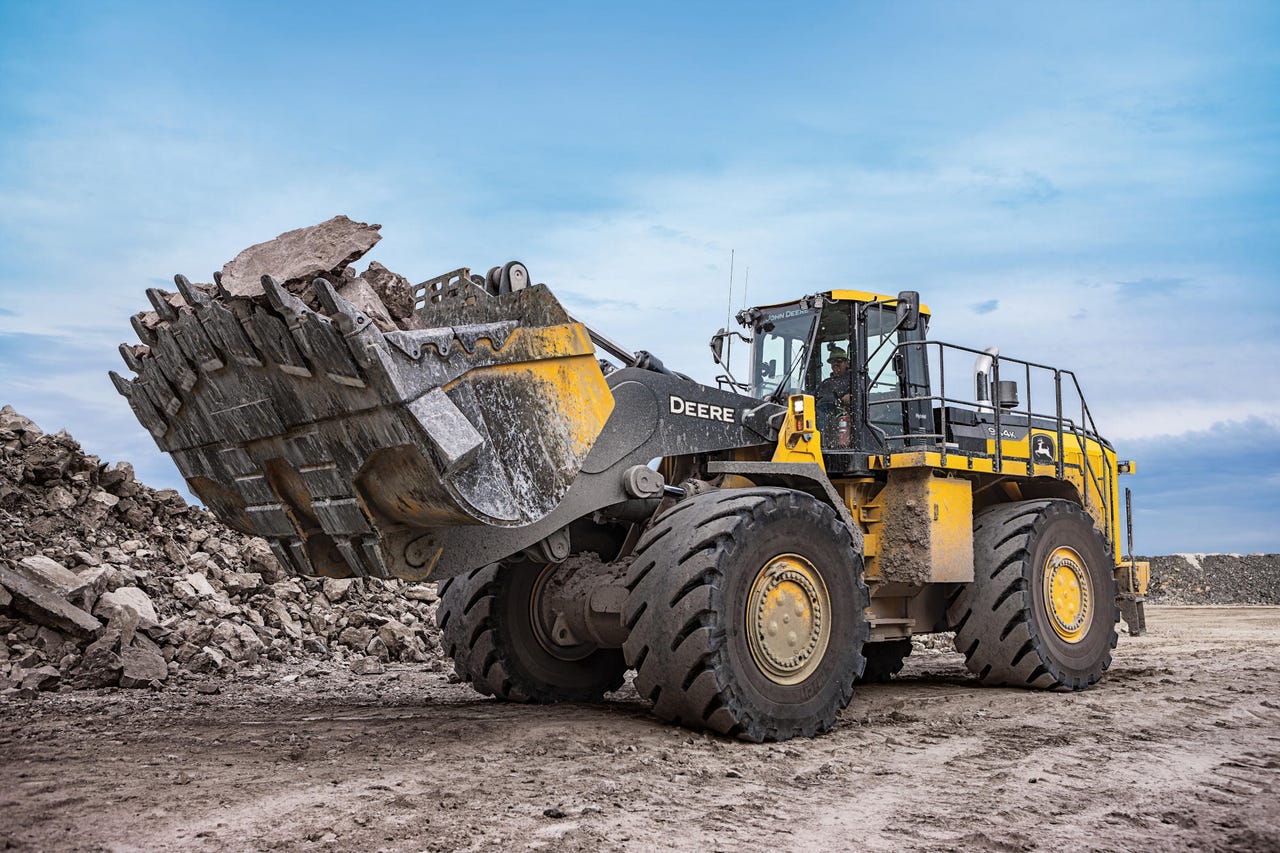John Deere pilots Intel's AI tech for more efficient welding


John Deere, the heavy equipment maker that's been around since the 1830's, is working with Intel on a new way to bring AI into its manufacturing process. The ongoing pilot project is the latest way Intel is demonstrating how its IOT solutions can help usher in a more digitized industrial era.
In this case, John Deere is trying to use computer vision to speed up a slow and costly but critical process: spotting and correcting defects in its automated welding process.
"Welding is a complicated process," Andy Benko, quality director for John Deere's Construction & Forestry Division said in a statement. "This AI solution has the potential to help us produce our high-quality machines more efficiently than before. The introduction of new technology into manufacturing is opening up new opportunities and changing the way we think about some processes that haven't changed in years."
At 52 factories around the world, John Deere uses the Gas Metal Arc Welding (GMAW) process to weld mild- to high-strength steel. The process uses robotic arc welding arms to consume millions of weld wire pounds annually. Arc welding is prone to porosity -- a defect in which cavities in the weld metal are formed by trapped gas bubbles as the weld cools. Porosity issues weaken the weld strength.
Manufacturers have previously experimented with automated systems to look for defects, but they typically produce a high rate of false positives. That means manufacturers typically have to rely on skilled technicians to manually spot problems. Finding these technicians can be hard and costly, and the job is especially challenging in large factory settings.
The pilot project, which began last year at one of John Deere's Construction and Forestry plants, suggests using computer vision could make the process of spotting porosity defects more accurate and less costly. According to Intel's industrial IOT partner ADLINK, the AI-based pilot project has detected porosity defects with up to 97.14 percent accuracy. When welds have been identified as defective, the system automatically shuts down the welding robots.
The system uses a camera positioned on the welding gun to spot porosity defects in real time. Video frames from the cameras are analyzed using a neural network–based AI action recognition model, trained on good welds as well as welds with porosity defects.
The AI defect detection system is powered by Intel Core i7 processors, Intel Movidius VPUs and the Intel Distribution of OpenVINO toolkit (free software that helps developers bring computer vision and deep learning inference to vision applications at the edge). It was implemented with the ADLINK Machine Vision Platform.
Christine Boles, VP of Intel's IoT Group and GM of the Industrial Solutions Group, explained to ZDNet that the chipmaker works closely to customers to solve specific business challenges, and from there, it can scale its learnings to other customers.
"Weld quality is not unique to John Deere – it's an industry wide challenge," Boles said. "What is unique is Deere's approach... We worked closely with Deere and our ecosystem to build an end-to-end solution to solve this challenge today, while ensuring it has the longevity needed to address other quality or efficiency requirements."